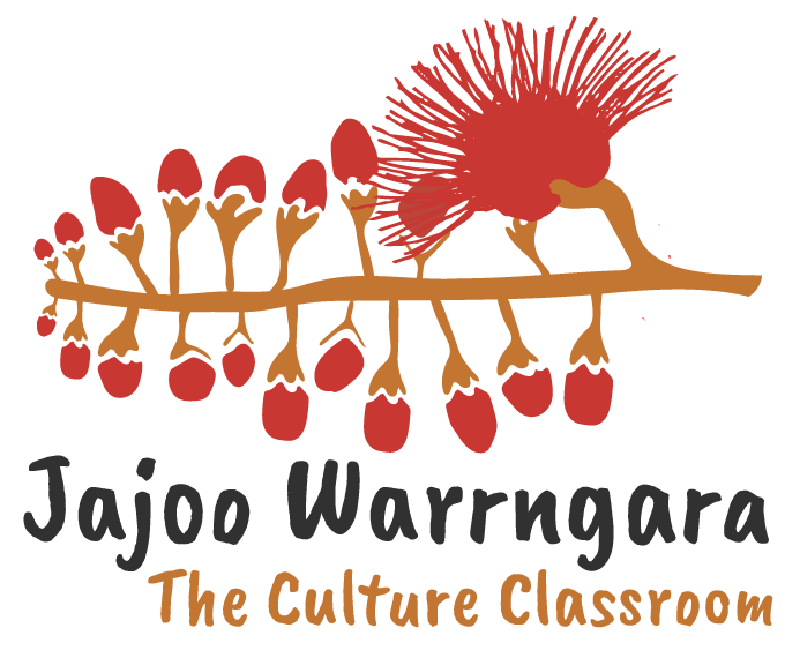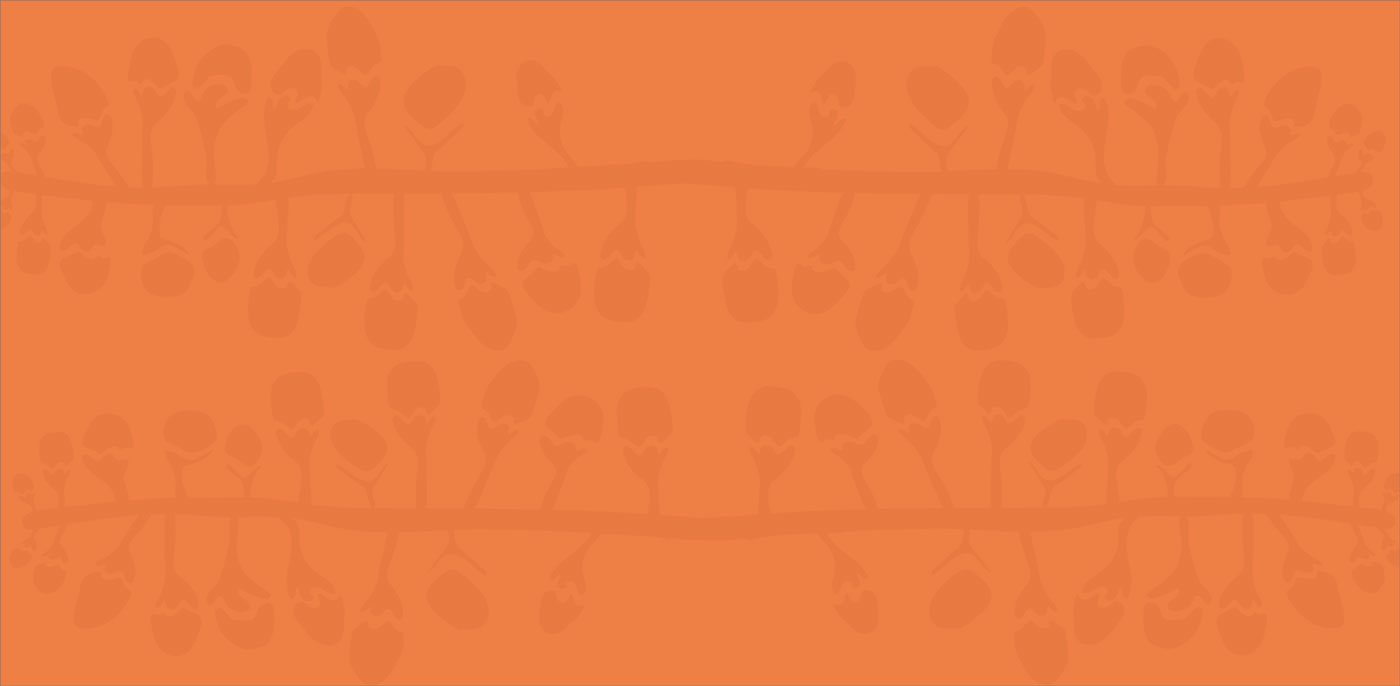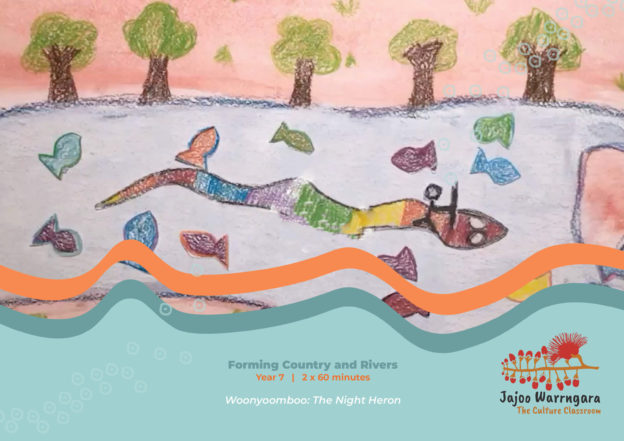Cross Curriculum Priorities
Aboriginal and Torres Strait Islander Histories and Cultures
A_TSICP1 First Nations communities of Australia maintain a deep connection to, and responsibility for, Country/Place and have holistic values and belief systems that are connected to the land, sea, sky and waterways.
A_TSIP1 Australia has 2 distinct First Nations Peoples; each encompasses a diversity of nations across Australia. Aboriginal Peoples are the first peoples of Australia and have occupied the Australian continent for more than 60,000 years. Torres Strait Islander Peoples are the First Nations Peoples of the Torres Strait and have occupied the region for over 4,000 years.
A_TSIP3 The significant and ongoing contributions of First Nations Australians and their histories and cultures are acknowledged locally, nationally and globally.
Curriculum Links
AC9S7H01 Explain how new evidence or different perspectives can lead to changes in scientific knowledge.
AC9S7H02 Investigate how cultural perspectives and worldviews influence the development of scientific knowledge.
AC9S7I08 Write and create texts to communicate ideas, findings and arguments for specific purposes and audiences, including selection of appropriate language and text features, using digital tools as appropriate.
AC9E7LA08 Investigate the role of vocabulary in building specialist and technical knowledge, including terms that have both everyday and technical meanings.
AC9E7LE01 Identify and explore ideas, points of view, characters, events and/or issues in literary texts, drawn from historical, social and/or cultural contexts, by First Nations Australians, and wide-ranging Australian and world authors.
AC9E7LY05 Use comprehension strategies such as visualising, predicting, connecting, summarising, monitoring, questioning and inferring to analyse and summarise information and ideas.
AC9HG7K03 The economic, cultural, spiritual and aesthetic value of water for people, including First Nations Australians.
AC9HG7K01 Classification of environmental resources and the way that water connects and changes places as it moves through environments.
AC9HG7K07 The cultural connectedness of people to places and how this influences their identity, sense of belonging and perceptions of a place, in particular the cultural connectedness of First Nations Australians to Country/Place.
AC9HG7S04 Draw conclusions based on the analysis of the data and information.
AC9HG7S06 Create descriptions, explanations and responses, using geographical knowledge and methods, concepts, terms and reference sources.
Unit Content



